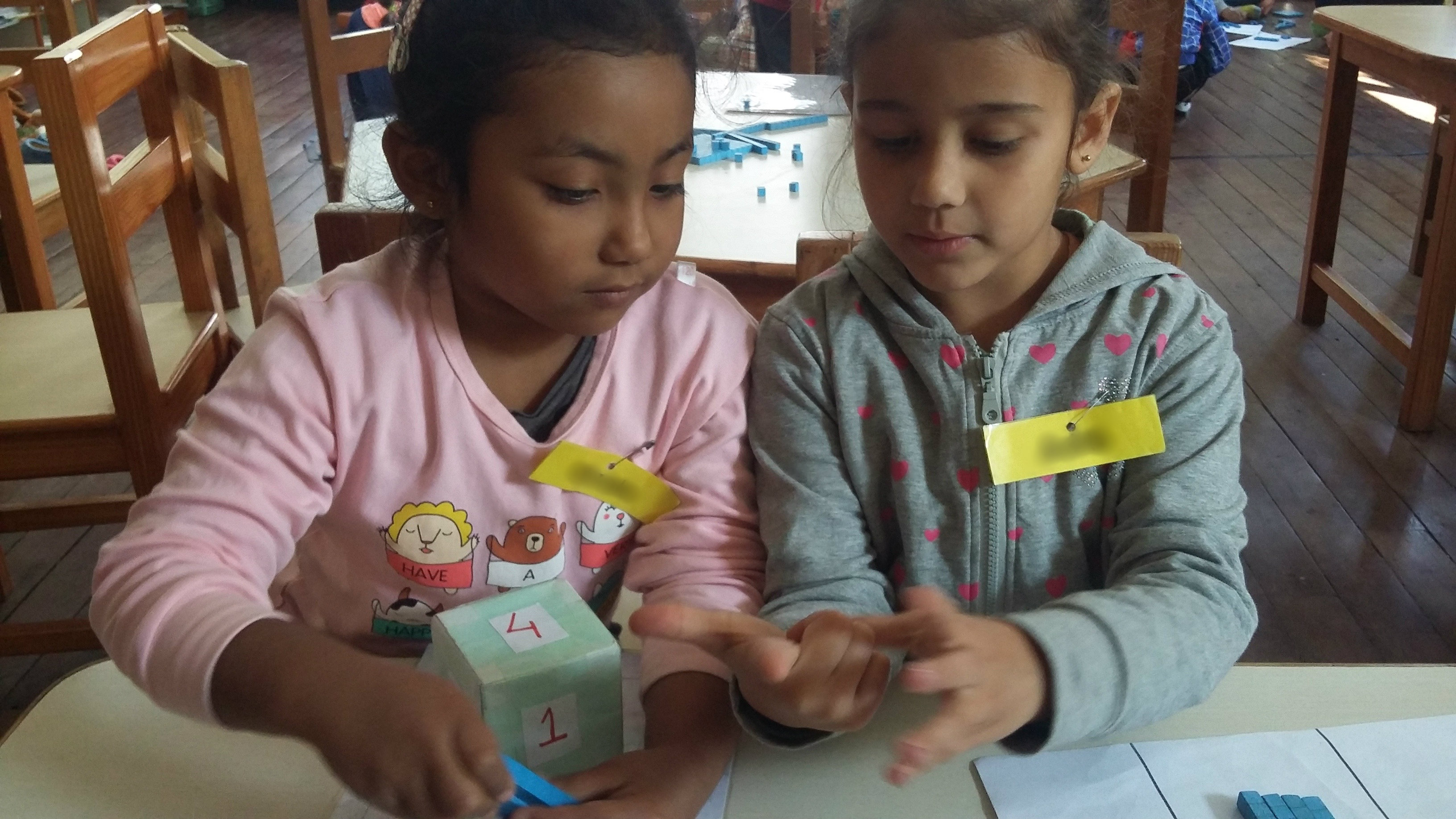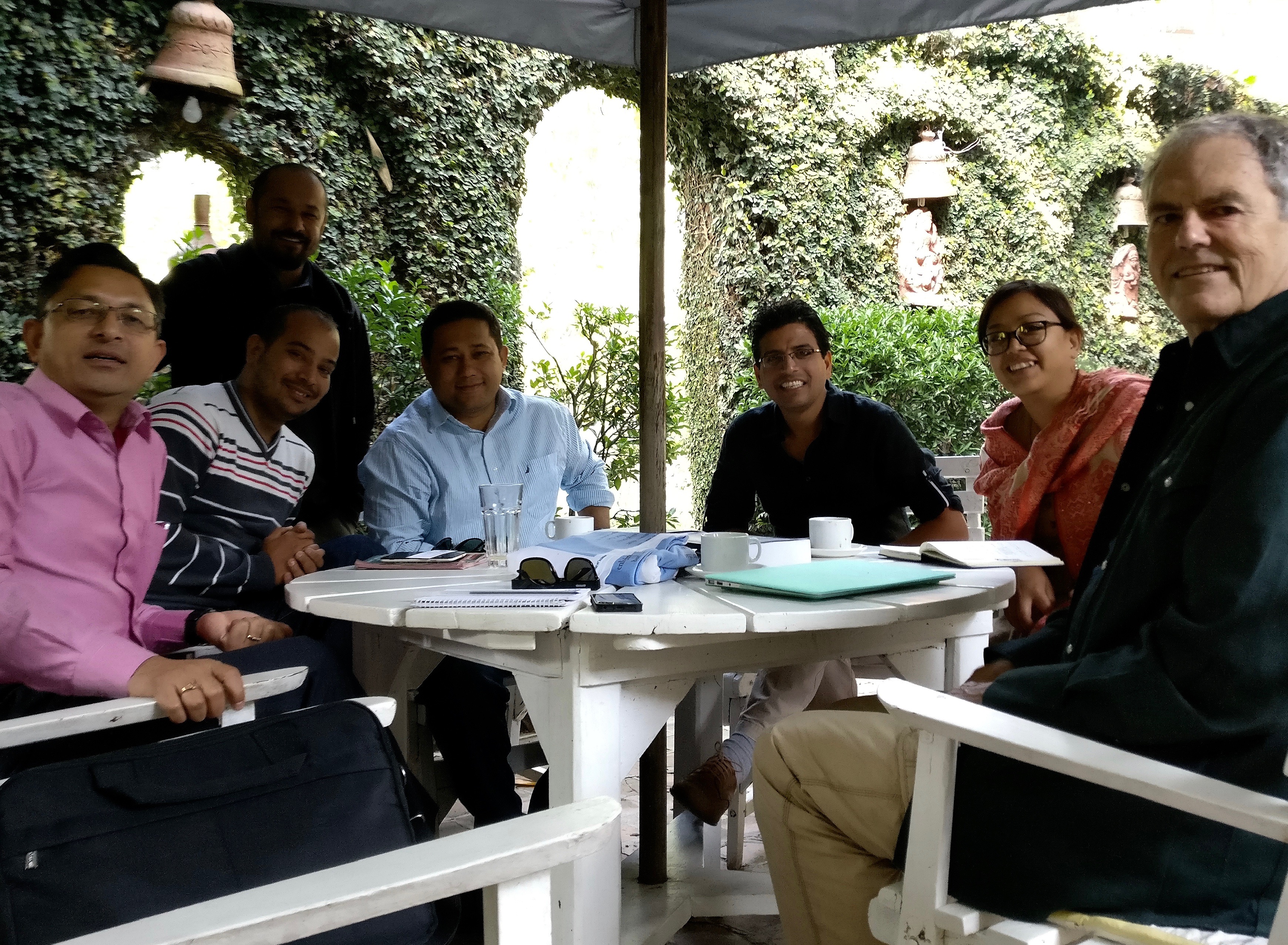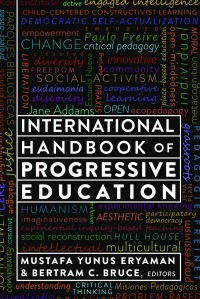During February-March, 2019, I had a wonderful Fulbright Specialist experience hosted by King’s College in Kathmandu, Nepal. This followed on two previous trips to there to work with educators from K-12 through college levels, in and out of school.
progressive education
Progressive Education In Nepal: The Community Is the Curriculum

Nepal is a country with daunting needs in terms of basic education and other social services. At the same time, its cultural and moral wealth provide a strong basis for meaningful life and learning. In particular, it offers fertile ground for progressive education, in which learning grows out of experiences in the community.
Continue readingFirst PENN conference, Kathmandu

The First Annual Conference of Progressive Educators Network of Nepal (PENN) held on Friday was a big success, thanks to collaborators from King’s College, Kathmandu Living Labs, Karkhana and Teach for Nepal. The theme for this year was “the community is the curriculum.”
 There were about twice as many people as we expected, but more importantly, many people directly contributed with activities or presentations, and everyone seemed to be engaged and committed to continuing the effort.
There were about twice as many people as we expected, but more importantly, many people directly contributed with activities or presentations, and everyone seemed to be engaged and committed to continuing the effort.
I was very fortunate to be a part of this. As the foreign visitor, I was officially the “lead facilitator,” but I felt that I was the one who was learning. I also shared quite sincerely that I can’t recall another such meeting with the same level of commitment or willingness to listen and learn from one another.
 We talked about the issue of importing ideas from abroad. But there are impressive things underway here in schools, colleges, and informal learning that could be a model others around the world.
We talked about the issue of importing ideas from abroad. But there are impressive things underway here in schools, colleges, and informal learning that could be a model others around the world.
I’d like to add that when I heard the initial plans for my trip to Nepal, I couldn’t quite believe that it would all come together: workshops, community inquiry in a village, and a national conference.
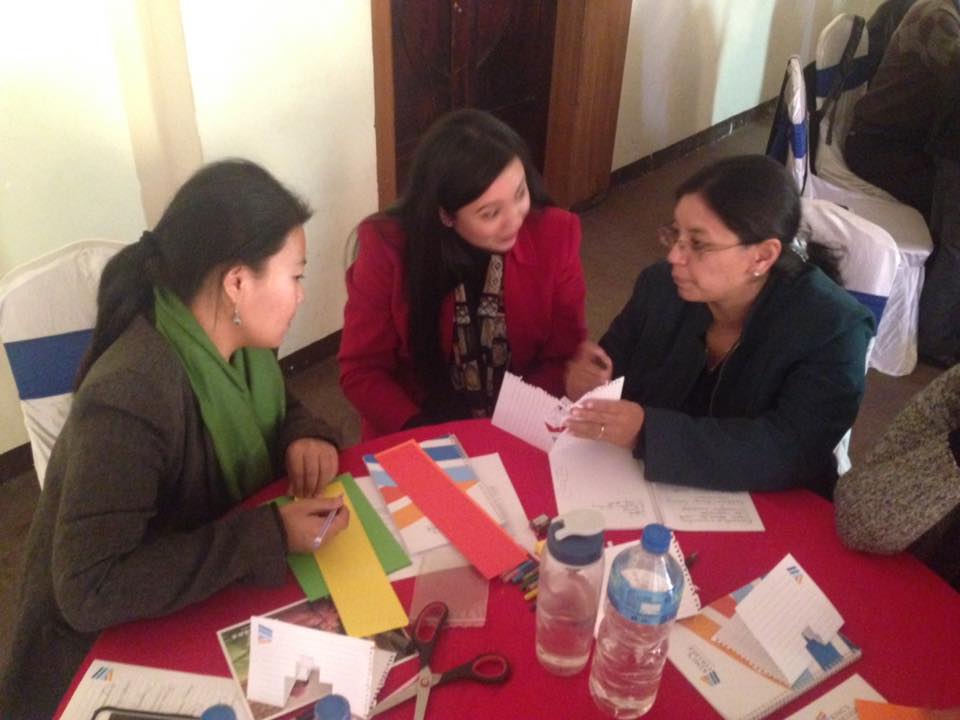 But that all happened better than I expected. The reality went beyond the original plan and came to include multiple organizations, trips to excellent schools, and the creation of PENN.
But that all happened better than I expected. The reality went beyond the original plan and came to include multiple organizations, trips to excellent schools, and the creation of PENN.
I want to both thank and congratulate Umes Shrestha, Narottam Aryal, Nama Raj Budhathoki, Swastika Shrestha, Pavitra Gautam, Aakriti Thapa, Krishnakumar KC, Amrit Poudel, Shisir Khanal, Raj Poudel, and so many others.
(Now, I’m thinking of all those I just left off the list, some of whom made perhaps even more major contributions. Please accept my apology, but especially, my thanks to all.)
You can see more of the activities pictured in this facebook album.
Nisarga Batika School
On the US Thanksgiving Day, I was sorry to be away from family and friends, and looked in vain for a stuffed turkey. But i had something else to be thankful for.
I was hosted for the day at Nisarga Batika School. I was thankful for the warm visit and also that there are at least some schools like Nisarga Batika. At the same time it made me sad that not all students have such great opportunities.
Teachers at the school are eager to find ways to improve, but as of today, the school would be the envy of some of the best progressive schools in the US.
The school’s philosophy statement begins:
is a thriving community of learners who engage in education that is holistic, relevant and meaningful. As an experiential learning school, Nisarga Batika offers an environment where each individual looks upon the world as their classroom and values self-motivated learning as a way of life.
I visited every classroom and talked with children there and on the playground, where diverse activities were underway. Although that’s just a small sample, it made me feel that the school is doing as much as anyone can to realize the philosophy statement, including seeing teachers as facilitators towards goals of critical thinking, self discovery, and creativity.
If you click on the photo below, or here, you can see a series of additional photos that convey the flavor of the school, including field trips in natural settings and the vegetable market created by children for the plants they grow.
John Dewey in Nepal
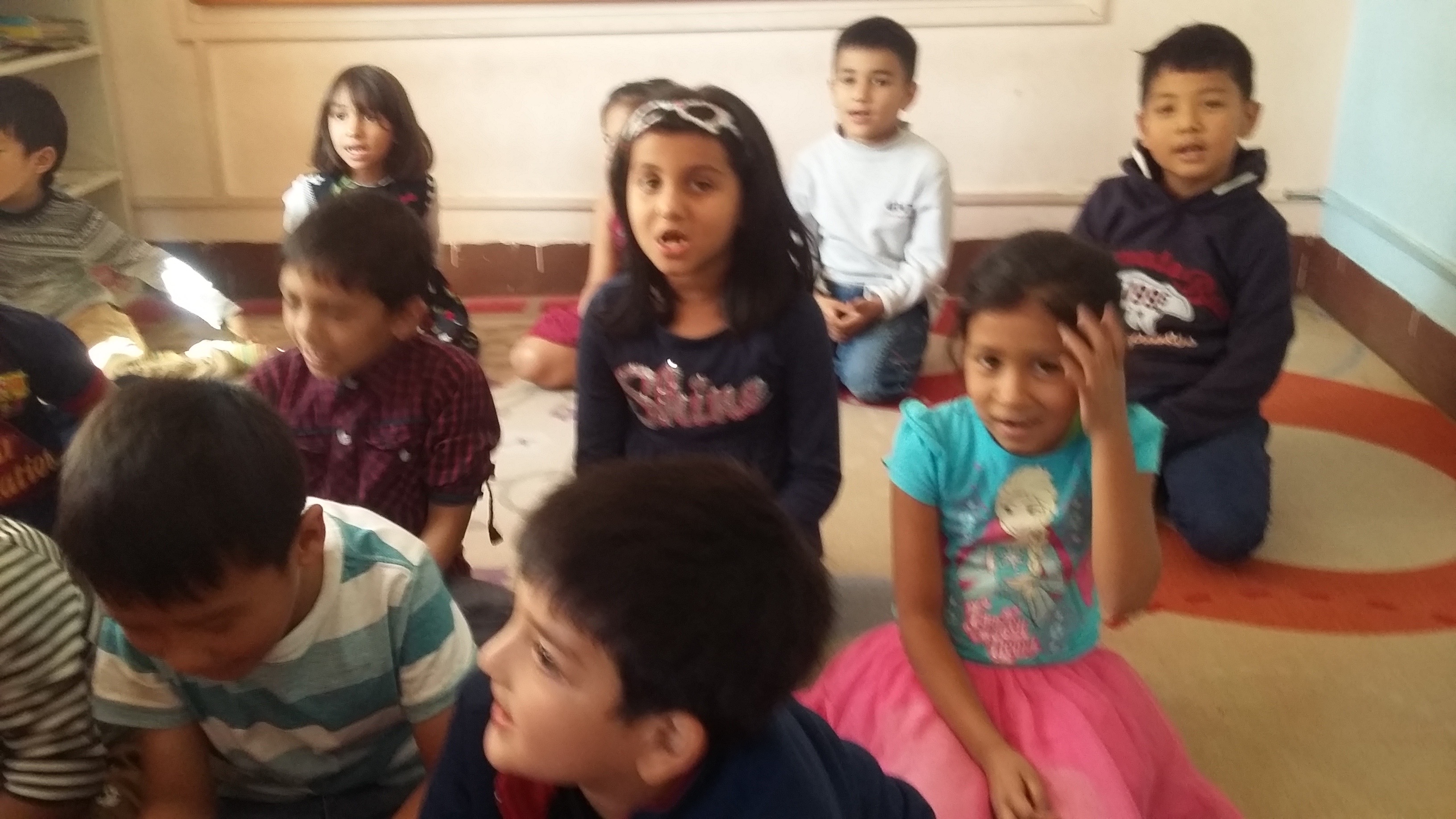
Singing in multiple languages
If John Dewey were to return to visit US schools of today, he would surely be impressed with the buildings, AC, and new technologies. But he’d likely be disappointed to see that these modern affordances aren’t always used to enrich education as he envisaged. In fact, they often serve to reinforce the separation of schools from the life of the community and divorce children’s learning from the concrete reality of their own experiences.

Diorama with sand filter for rainwater tank
However, he might have a better experience at his eponymous school in Baluwater, Kathmandu. The principal and the teachers at the John Dewey School would be quick to tell you they have much to learn, but that desire to learn is part of what makes them an inspiring example.
Music and art are infused throughout the curriculum. For example, grade 5 students are learning Spanish. Encouraged to take charge of their own learning, they use computers to select and play Spanish songs, then choreograph dances for those.
Students work with an organic garden and a compost bin. They learn to recycle, which is not so common in Nepal, and extend that to their homes in the community.
I was able to see a grade 4 math class and to play magic squares with the students. Grade 1 students taught me a Nepali song and I shared Skitter-a-dink. Everywhere I saw examples of student work–drawings, writing, and more. They were learning with their hands as well as their heads.
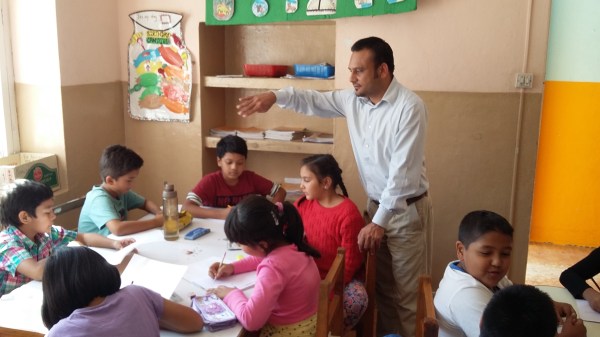
Principal as instructional leader
Some students had made a diorama of a neighborhood area, complete with a huge rain barrel and the sand filters that are used with them. Other students had gone on learning walks a la Célestin Freinet and then had mapped the community. This suggests a possible collaboration with Kathmandu Living Labs.

Active learners
It would be easy to quibble: The school is private and available to only a few; its model is far from common; its activities are often quite conventional. But what i saw in the first of several planned visits is a school that I would have been glad to attend or to send my children to, and one that sees growth as the goal, not conformity, both for the children and for the school itself.
Some activities:
Facilties:
Schools for today

Learning Spanish through dance
Some people in the US judge the success of their local school by its performance on standardized tests, innovation by the incorporation of sophisticated electronic devices, and curriculum by the latest clever acronym.
Schools seek to meet high standards, which actually consign a large percentage of schools, teachers, and students to the category of “failing.” Even “successful” schools look more like efficient factories to produce high scores on the way to preparation for college and career. The school is separated from community life, and often from music, art, and play. Compliance and conformity often win out over creativity and critical thinking.
The vision of early 20th century progressives of the school as the social center of the community, students as critical, socially-engaged thinkers who are capable of shaping a just and equitable society, and learning as a means to nurture good and purpose-filled lives, is often lost.
Education in Nepal faces even more problems. For some the issue is whether they have a school at all or a teacher. Books, computers, and electricity are often lacking. Even private schools are under-resourced by US standards. Yet in my short time here I’ve seen numerous examples of creative approaches to teaching and learning that build on that progressive vision, and resist the factory model.
In my next few posts I’ll share some of these Nepali examples. None are perfect (as if that were a sensible goal), and none fully challenge today’s dominant education paradigm. However, they do show how vision, dialogue, and experimentalism can make progress, even when operating within enormous constraints.
[cross-posted on Progressive Educators Network Nepal]
New beginnings in Nepal
The list of remarkable things about Nepal is remarkably long.
You could start with the physical: It has 8 of the 10 highest mountains in the world with elevations ranging from 66 meters to 8,848 meters above sea level. It is a biodiversity hotspot deriving from the multiple ecoregions–arctic to tropical, including mountains, hills, and savannas. There is a corresponding diversity of flora and fauna, with gorgeous butterflies and birds. There are many cultural groups and over 125 languages spoken. The architecture, the food, the music, the arts, the history, the religions, and more are fascinating. The traffic in Kathmandu is a story in itself.
However, I experienced something perhaps even more remarkable. I was fortunate to be included in a group of young Nepalis who hope to build a movement to make education in Nepal more progressive, specifically to make it more relevant to people’s lives, more connected to community, and more supportive of inquiry that leads to sustained learning and creativity.
The group has the tentative name of Progressive Educators of Nepal Network (PENN). We met last Tuesday for early morning breakfast at Hotel Vajra in Kathmandu.
Those present represented four organizations. Shisir Khanal and Swastika Shrestha came from Teach for Nepal. Like Teach for America and similar organizations, TFN engages university graduates and young professionals who are committed to reduce education inequality. They emphasize community-based education, teaching in rural, public schools. Fellows work for two years, typically living in a community and staying in a home there.
Umes Shrestha and Narottam Aryal came from King’s College, a new college whose objective is making world-class education available to Nepali youths at home at an affordable cost. King’s College seeks to make its teaching more relevant for students and more inquiry-based.
Karkhana, meaning “factory,” is a company emphasizing experimentation, collaboration, and play for both makers and teachers. It started as a Saturday morning hacker hang-out and evolved into an innovation focused company that combines education and design of new products. See for example, the recent Kathmandu Mini Maker Faire. Pauvita Gautram represented Karkhana and its inquiry-based learning approach.
Kathmandu Living Labs (KLL) is a not-for-profit civic technology company. It has been mapping all the educational institutions, health facilities, road networks, tangled mesh of gallies, religious sites and other geographic features of Kathmandu Valley using OpenStreetMap. Secondary and college-level students participate through mapping workshops. Nama Budhathoki represented KLL and its effort to extend youth mapping work to education for full civic engagement. See KLL goal statement.
In November, this network of people, organizations, and interests will host a month long project to foster the development of educators who can become leaders in community–based education. I’ll lead initial workshops on progressive education, inquiry-based learning, and community inquiry. We’ll also travel to village sites to explore community-based education, then bring those experiences back to Kathmandu for a national meeting.
The work of this group can be important for Nepal, while also serving as a model for others. More to come on this exciting project.
International Handbook of Progressive Education
International Handbook of Progressive Education (Peter Lang, 2015) represents a project involving over 60 authors and editors from countries around the world.
Mustafa Yunus Eryaman and I are editors, aided immeasurably by Section editors John Pecore, Brian Drayton, Maureen Hogan, Jeanne Connell, Alistair Ross, and Martina Riedler.
Continue reading
